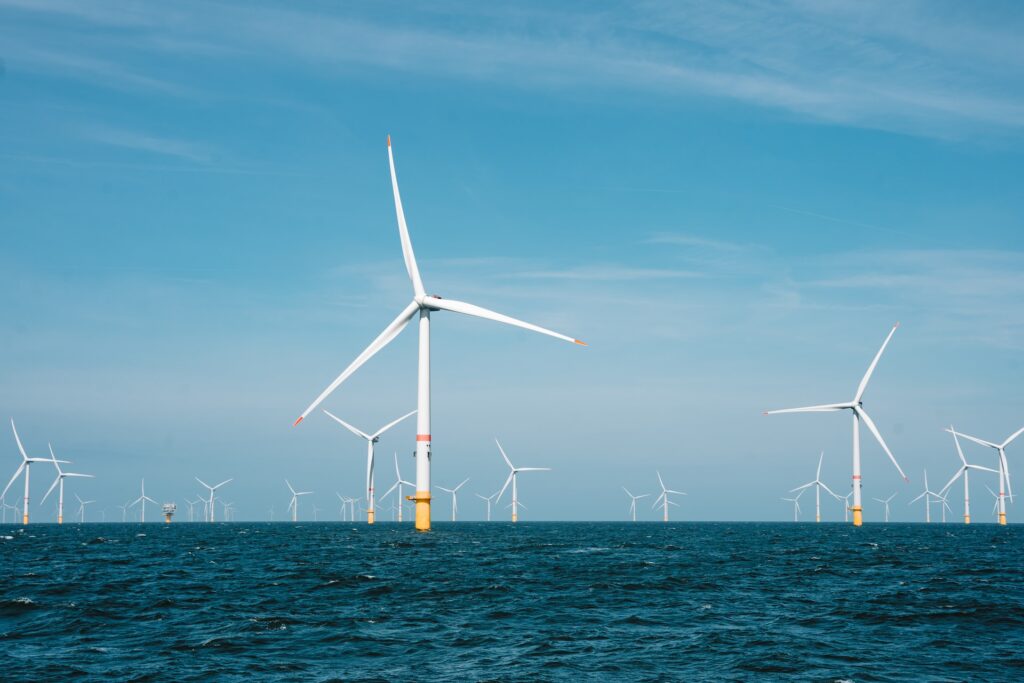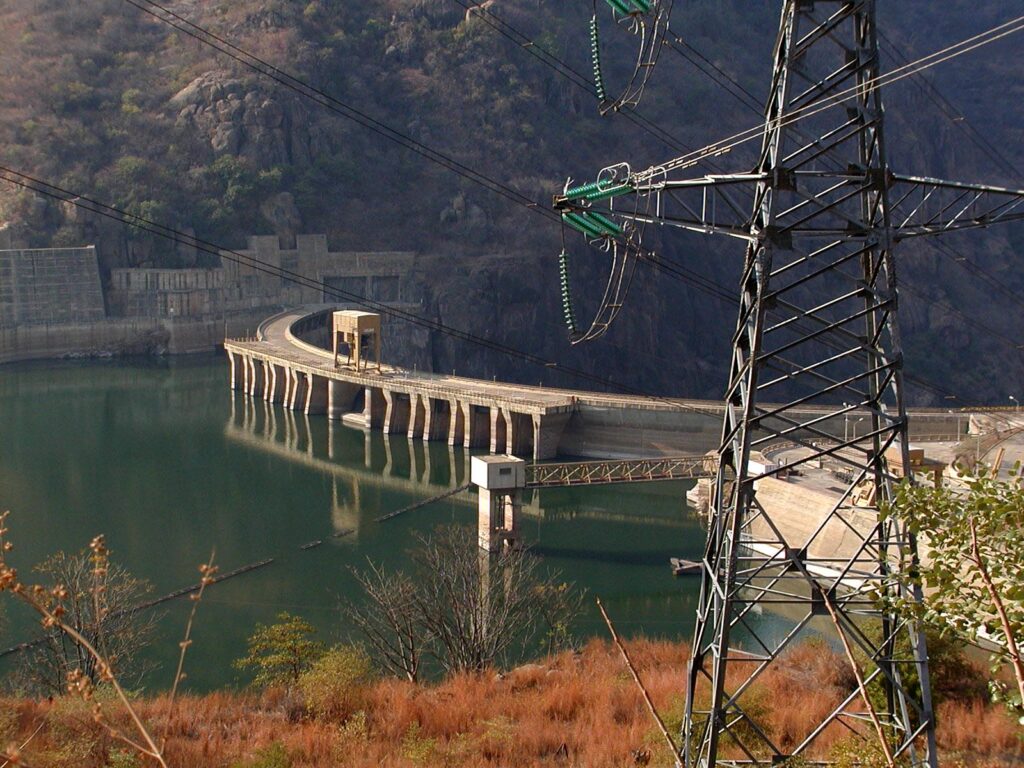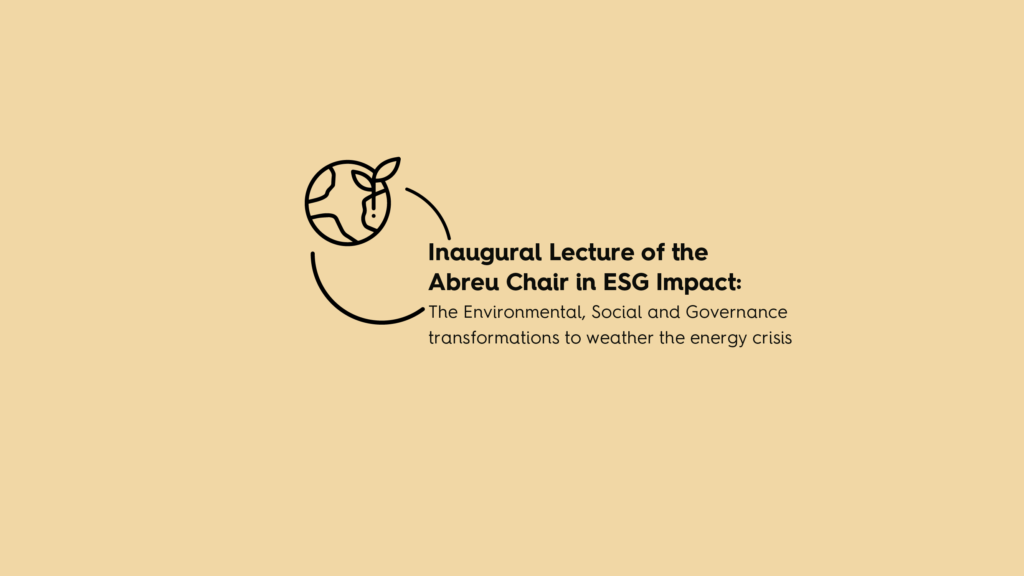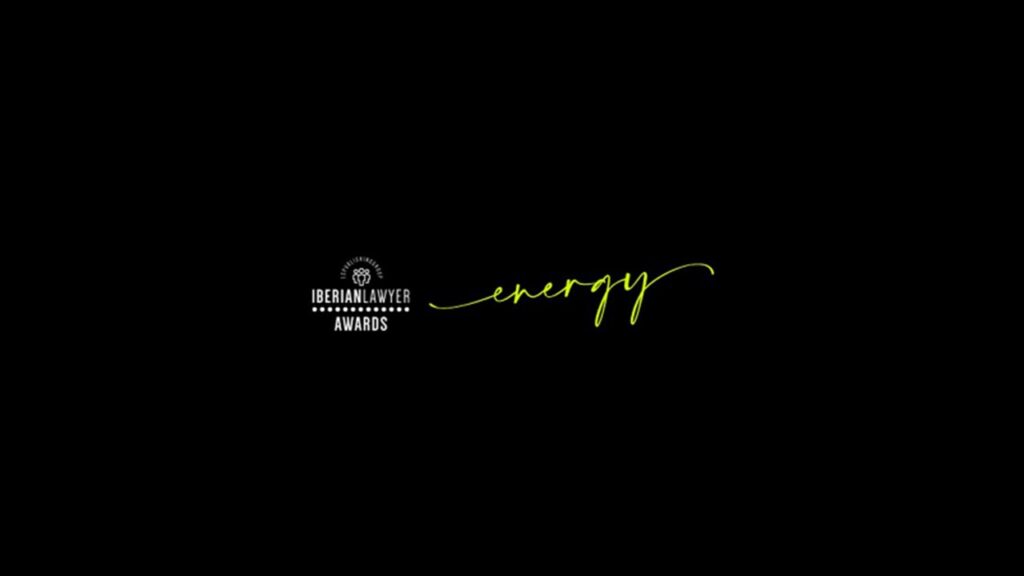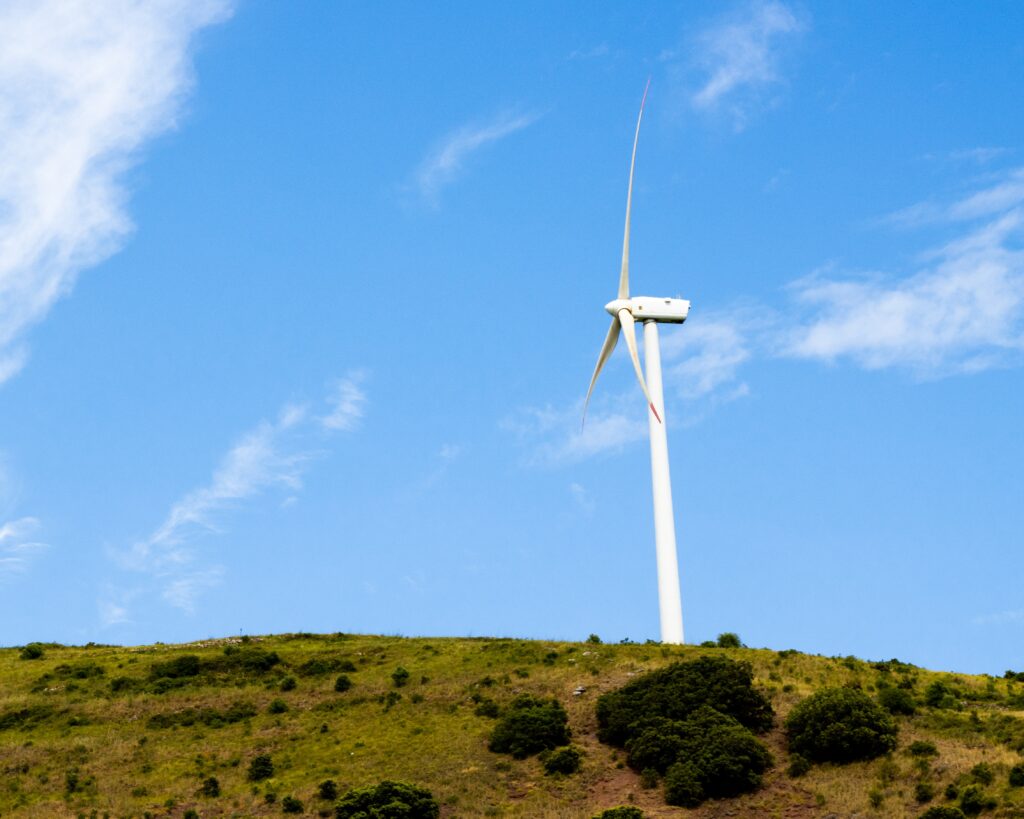12.08.2022
Practice Areas: Public and Environment, Competition, Regulatory and EU
Industries: Environment
Type: Articles
Proposal for a revision of the annexes to the Regulation on Persistent Organic Pollutants
1.INTRODUCTION
In accordance with Article 1 of Regulation (EU) No. No 2019/1021 of the European Parliament and of the Council of 20 June 2019, this piece of legislation was intended to ” (…) to protect human health and the environment from POPs [Persistent Organic Pollutants] by prohibiting or phasing out, as soon as possible, or restricting the manufacture, placing on the market and use of substances covered by the Stockholm Convention on Persistent Organic Pollutants (hereinafter the Convention) or the Protocol to the 1979 Convention on Long-Range Transboundary Air Pollution on Persistent Organic Pollutants (hereinafter the Protocol), as well as minimizing, with a view to eliminating, where feasible, as soon as possible, releases of such substances and by making provisions for waste consisting of, containing or contaminated by any such substance. ”
With this goal in mind, on October 28, 2021, the European Commission published a proposal to amend Annexes IV and V of the aforementioned Regulation.
The revision of these Annexes aims to reduce the negative consequences of the presence of certain POPs in waste and in the materials that could be recovered from it, ensuring that this waste is managed in an environmentally sound manner and that its recycling is safer.
Recently, on June 20, 2022, the European Parliament and the Council reached a provisional agreement on revising the Annexes of this Regulation, restricting the presence of the substances identified above in waste and introducing new chemicals to the list of persistent organic pollutants.
This proposed amendment aims to bring EU legislation in line with its international commitments, notably the Stockholm Convention, just as it seeks to respond to the priorities announced in the new Action Plan for the Circular Economy of March 11, 2020.
The Permanent Representatives Committee (COREPER) has already given a favourable opinion on the terms of the agreement and the formal procedure leading to the adoption of the amendments to the Regulation will continue.
2. MAIN PROPOSED LEGISLATIVE CHANGES
Annex IV sets low concentration limits for certain POPs in waste, which define whether the waste can be recycled, should be destroyed or irreversibly transformed.
Annex V lists the disposal and recovery operations to ensure that the POP content is destroyed or transformed. It also sets maximum concentration limits for POPs, below which the treatment of contaminated waste may exceptionally be permitted.
The provisional agreement reached by the European Parliament and the Council includes several amendments, the most relevant of which are listed below:
(i) Perfluorooctanoic acid (“PFOA”), its salts and related compounds are now included in this proposal. The limit value has been set at 1 mg/kg for PFOA and its salts, and at 40 mg/kg for PFOA-related compounds. Additionally, it was established a review clause, that shall be executed 5 years after the entry into force of the Regulation.
(ii) The limit value for Short Chain Chlorinated Paraffins (“SCCPs”) was set at 1500mg/kg. Additionally, it was established a review clause, that shall be executed 5 years after the entry into force of the Regulation.
(iii) The limit value for Polybrominated diphenyl ethers (“PBDEs”) will be reduced to 500mg/kg upon entry into force of the Regulation; 3 years after the entry into force of the Regulation, the value will automatically increase to 350 mg/kg; and finally to 200mg/kg, 5 years after the entry into force of the Regulation, on the condition that the limit value for placing this substance on the market will not be higher.
(iv) The limit values for Polychlorinated dibenzo-p-dioxins and polychlorinated dibenzofurans (“PCDD/Fs”) and Polychlorinated Biphenyls/Biphenyls (“PCBs”), dioxin-like (“dl-PCBs”), were set at 5 μg/kg. For bottom ash and soot, this limit value will only apply from 1 January 2025, and for fly ash from biomass heat and power plants, these limits will apply one year after the entry into force of the Regulation, with a transitional value set at 10 μg/kg. Additionally, it was established a review clause, that shall be executed 5 years after the entry into force of the Regulation.
(v) The limit value for perfluorohexanesulfonic acid (“PFHxS”) was set at 1 mg/kg for “PFHxS” and its salts and at 40 mg/kg for PFHxS-related compounds. Additionally, it was established a review clause, that shall be executed 5 years after the entry into force of the Regulation.
(vi) For Hexabromocyclododecane (“HBCDD”) it was agreed to reduce its limit value to 500mg/kg at the entry into force of the Regulation and, 5 years after the entry into force of the Regulation, a further reduction to 200mg/kg.
(vii) For Pentachlorophenol, its salts and esters a limit value of 1 000 mg/kg was introduced;
(viii) Conversely, for Dicofol a limit value of 5 000 mg/kg was introduced;
(ix) Finally, for Perfluoro-octanoic Acid (“PFOA”), its salts were set at a limit value of 50 mg/kg; on the other hand, for its congeners a limit value of 2 000 mg/kg was introduced Three years after the entry into force of this Regulation, the Commission will assess whether the EU waste legislation should be amended in order to verify whether waste containing any POPs exceeding the concentration limits given in Annex IV of the Regulation should be classified as hazardous.
3. CONCLUSIONS
(i) The European Parliament and the Council have reached a provisional agreement on the revision of Annexes IV and V of this Regulation.
(ii) This agreement aimed at restricting the presence of the substances identified above in waste and introducing new chemicals to the list of persistent organic pollutants.
(iii) POPs are particularly harmful chemicals and are likely to be found in waste from some products, such as impermeable textiles, furniture, plastics and electronic equipment.
(iv) The revision of Annexes IV and V aims to address the negative consequences of the presence of certain POPs in waste and in materials that could be recovered from waste, ensuring that such waste is managed in an environmentally sound manner and that its recycling is safer.
(v) Most of the new limits set for the presence of the substances mentioned include a 5 years revision clause, after the entry into force of this Regulation.
(vi) Waste management operators may experience some cost increase, taking into account that, regarding compounds such as SCCPs or PFOA, its management will take place through incineration rather than recycling.
(vii) Packaging waste management entities are expected to suffer a loss of revenue and an increase in costs associated with incineration. In this context, it is expected that the activity carried out in landfills will be the most affected, instead of the activity carried out in incineration centers, which should be the most benefited, considering that in the management of certain compounds – such as SCCPs or PFOA – incineration will be the means to be used.
(viii) Some aspects introduced by these changes, such as the management of waste associated with plastics (in the case of PBDEs), or the increase of incineration (for HBDDs, SCCPs, PFOA or PFHxS), may lead to increases in CO2 emissions.
(ix) The co-legislators and the European Commission consider that the benefits to be achieved by amending the Regulation justify the agreed changes. In addition to the effects on the ecosystem, a reduction in risks to human health is expected through reduced exposure of workers to substances harmful to health, but also a reduction in the possibility of harmful effects on children and the entire EU population.

















